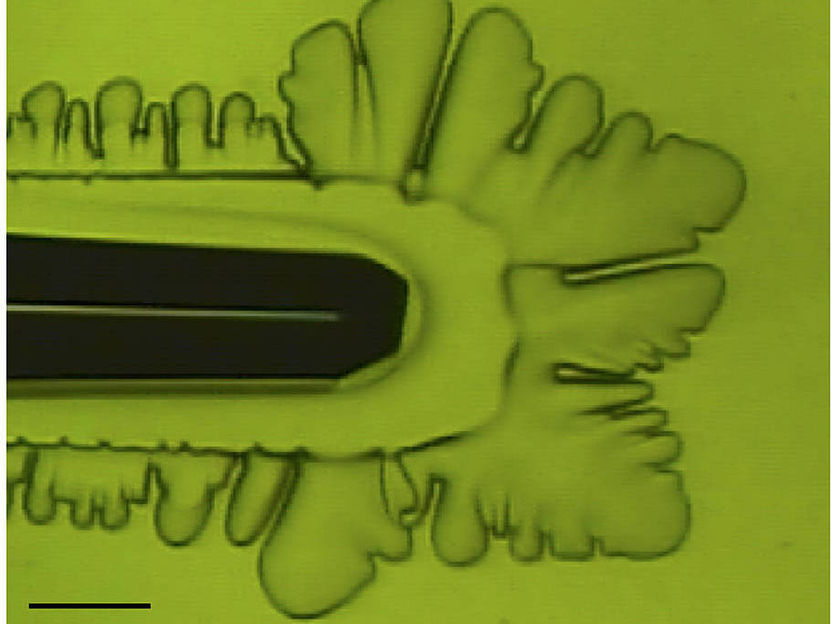Arteria will carry out regulatory preclinical studies in the field of postprandial hypertriglyceridemia following excellent initial results
Arteria SA, a biopharmaceutical company focused on the development of new chemical entities for patients affected by metabolic diseases and Type II diabetes, announced that it has obtained highly promising results in preclinical non-regulatory studies for its AP-5258 molecule, an inhibitor of the CD36 receptor. It also announces its intention to begin regulatory studies.
In pre-clinical in vivo tests carried out, the inhibitor showed high intestinal activity, blocking the transfer of postprandial triglycerides, with a very significant dose effect. The molecule, administered orally, has the potential to reduce postprandial hypertriglyceridemia and to protect patients from diabetic dyslipidemia.
Postprandial plasmatic triglycerides are produced after consuming food. They are recognized today as one of the most powerful markers of cardiac events, especially among diabetic women. The prevalence of coronary illness is 19.2 per cent in patients who have both hyperglycemia (high blood sugar) and hypertriglyceridemia (high blood fat). Doctors have few weapons to combat these conditions. Those on the market are few (eg fibrates and ezetimibe) and are the subject of controversy over side effects and efficacy. Drugs in an advanced stage of development are based on targets identified many years ago and appear to have significant side effects, particularly on the liver.
A new and promising therapeutic target has emerged recently - the CD36 receptor. Scientists have demonstrated that the expression of the CD36 receptor is linked to associated metabolic diseases such as Type II diabetes or atherogenesis. Arteria is one of the few companies in the world to have a molecule that targets the CD36 receptor, is administered orally, is non-toxic and is at such an advanced stage of development.
Most read news
Topics
Organizations
Other news from the department research and development

Get the life science industry in your inbox
By submitting this form you agree that LUMITOS AG will send you the newsletter(s) selected above by email. Your data will not be passed on to third parties. Your data will be stored and processed in accordance with our data protection regulations. LUMITOS may contact you by email for the purpose of advertising or market and opinion surveys. You can revoke your consent at any time without giving reasons to LUMITOS AG, Ernst-Augustin-Str. 2, 12489 Berlin, Germany or by e-mail at revoke@lumitos.com with effect for the future. In addition, each email contains a link to unsubscribe from the corresponding newsletter.





















































